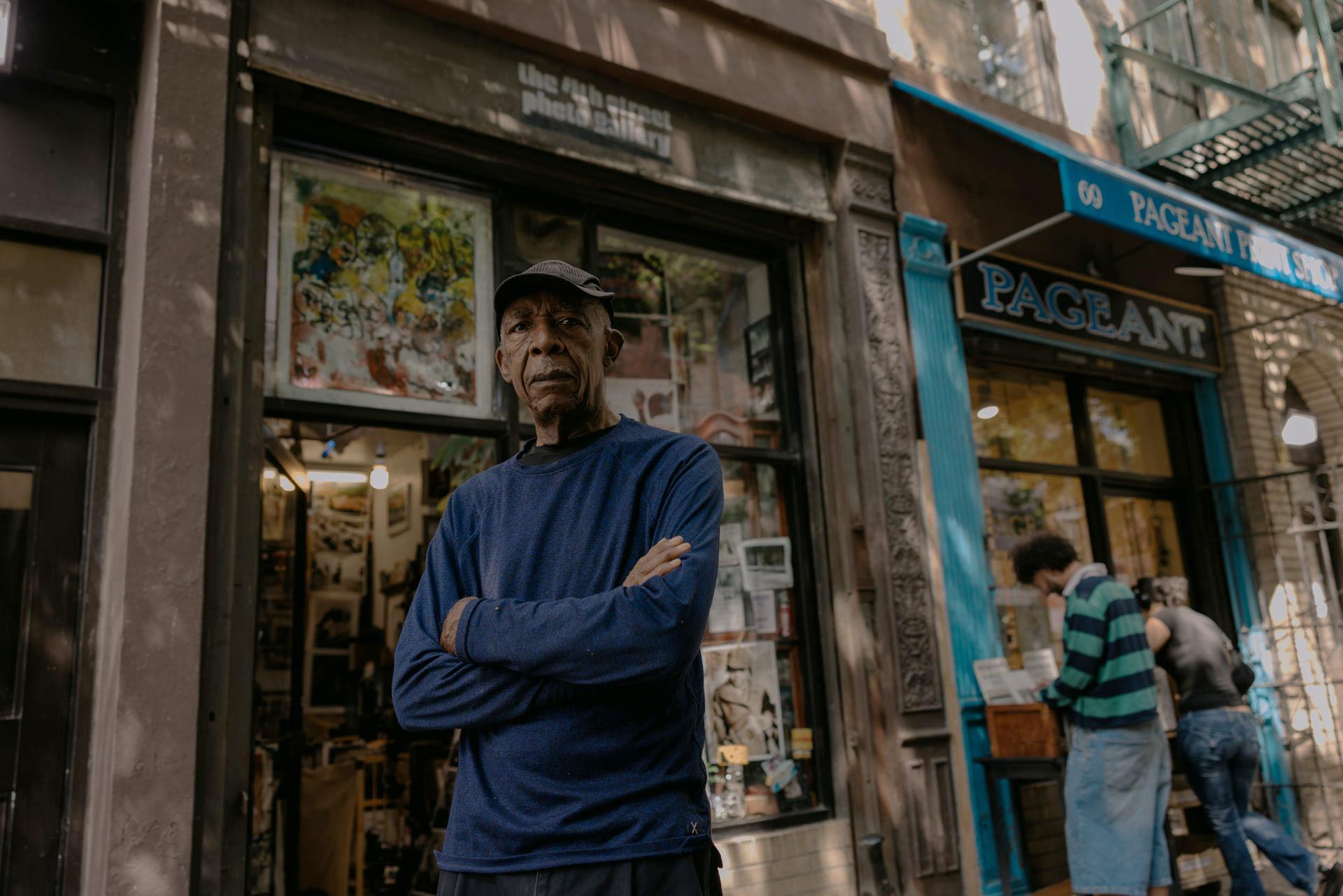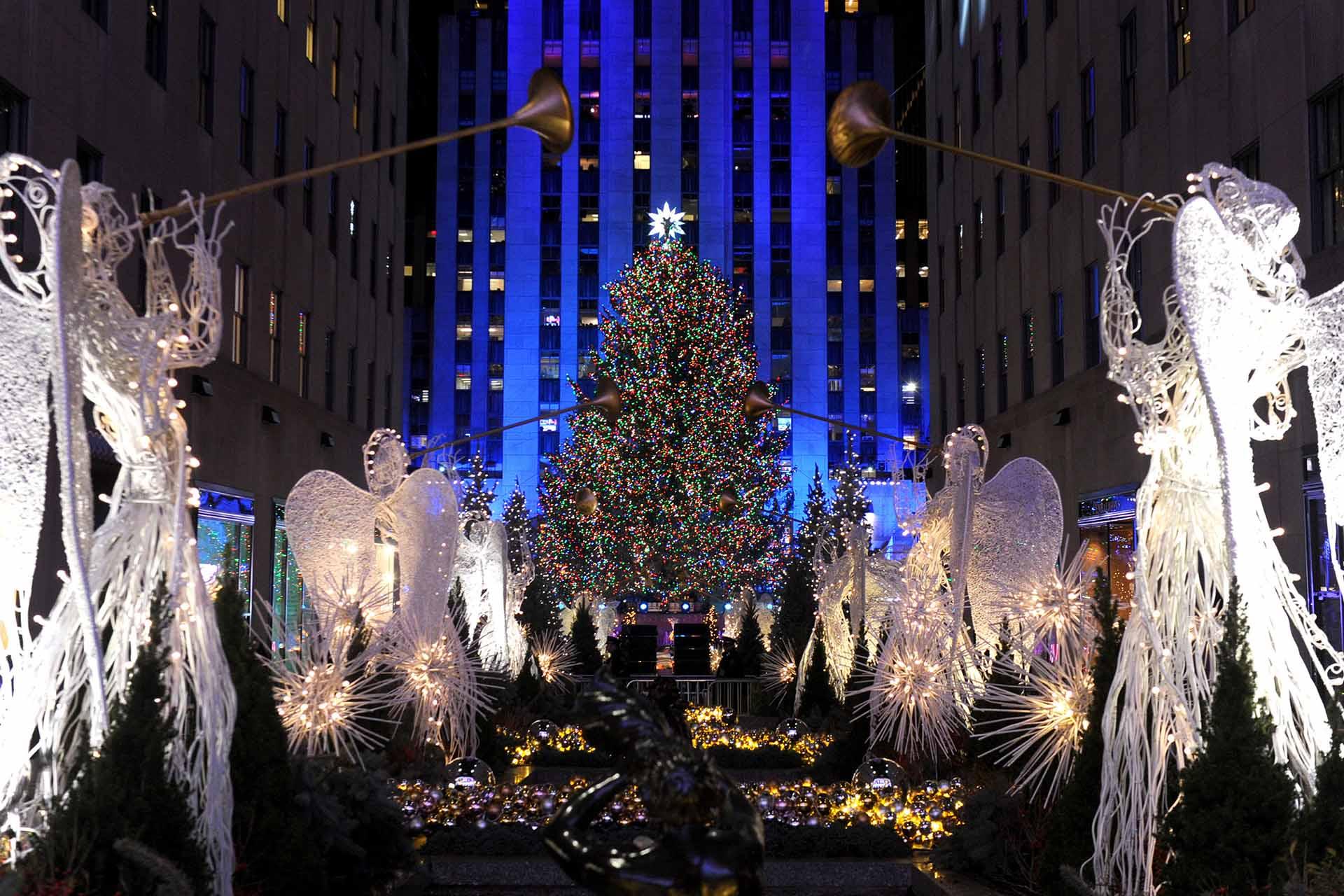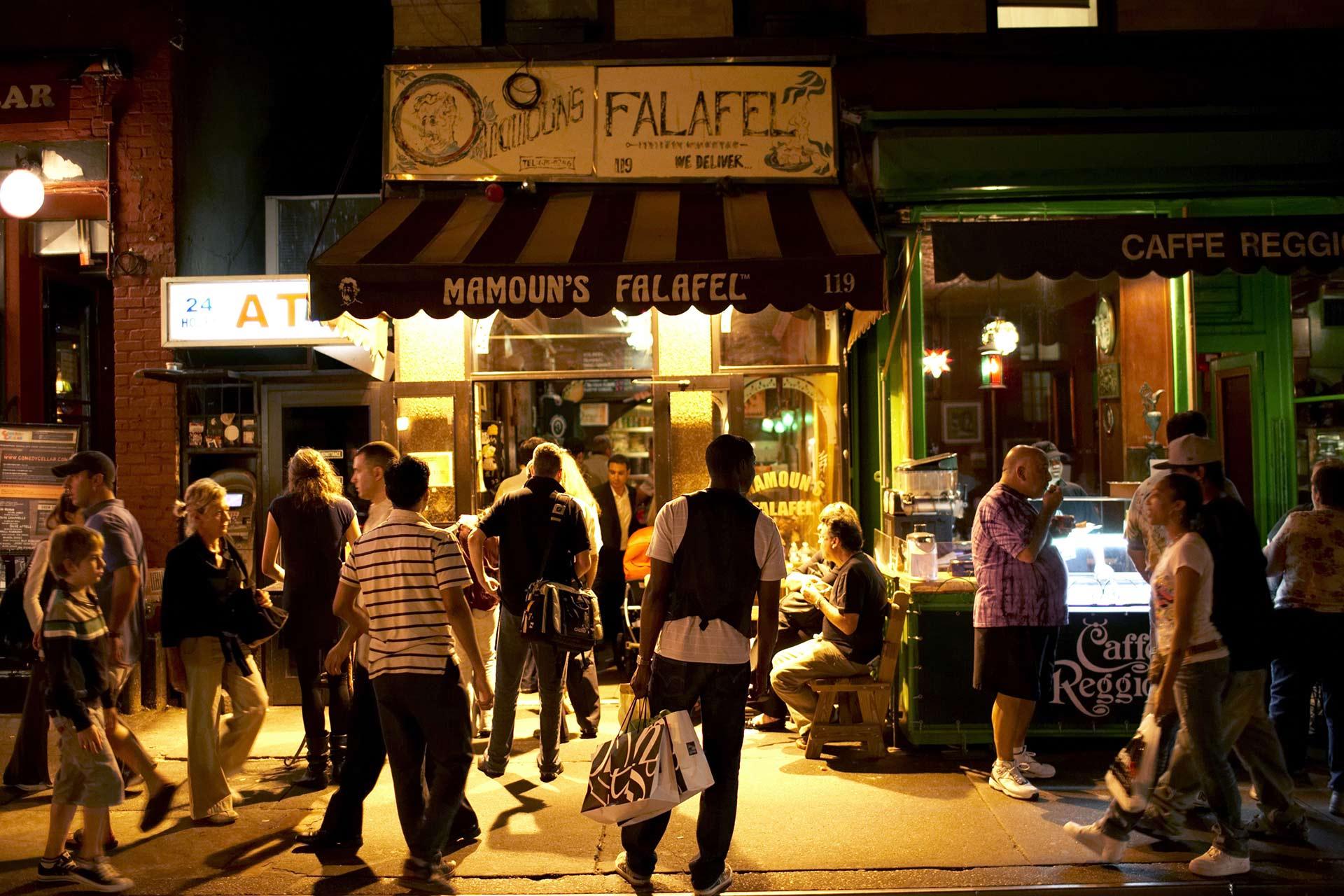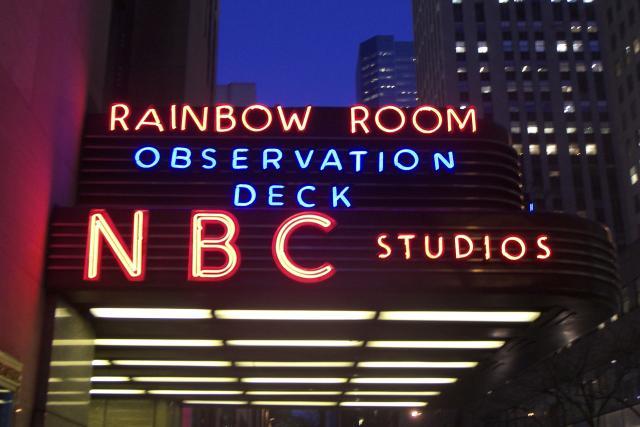New York City is home to the second-largest Asian American and Pacific Islander population in the United States. Though historically underrepresented in the art world, the Asian and Pacific diaspora accounts for many of New York City’s vibrant, thought-provoking and culturally rich art institutions. Many of those galleries and museums are reopening their doors to the public with vital exhibitions, such as the Asia Society’s first-ever Triennial and a collection of Tibetan art on Staten Island; plenty of programming is also available online. Read on for details of the events taking place this month and beyond, along with the institutions behind them.

Installation view of “Anne Samat - Sultanete In The Eye Monarchy At Heart." Courtesy, Richard Koh Fine Art and Anne Samat
725 Park Ave., Upper East Side, Manhattan
The Asia Society and Museum was founded by John D. Rockefeller 3rd in 1956 with the intention of strengthening connections between Americans and Asians. Today the institution aims to elevate regional voices and work toward a sustainable and equitable global future through arts and education. The museum displays traditional and contemporary Asian and Asian American art, including film and performance art.
Through June 27, the venue is home to We Do Not Dream Alone, the first-ever Asia Society Triennial. It features works, panel discussions and performances at the Asia Society, the Park Avenue Malls at East 70th Street, Times Square Arts and the New-York Historical Society. The title is taken from Yoko Ono’s 1964 publication, Grapefruit, in which she wrote of the healing power of art, “A dream you dream alone may be a dream, but a dream two people dream together is a reality.” The festival features around 40 artists from the Asian diaspora, including the artist duo known as Mountain River Jump!—identical twin sisters Huang He and Huang Shan, from Guangzhou, China. They have created divination cards featuring illustrations of Chinese animal idioms, which you can see in a video installation at the museum. Read about their studio and time during lockdown in this Q&A.
The Asia Society has also partnered with the New-York Historical Society for an exhibit called Dreaming Together. On view through July 25, it weaves historical American art with contemporary Asian American art. You can visit in person at the Historical Society, on Central Park West, and watch the panel discussion here. The Historical Society also supports The Yellow Whistle initiative by giving out free whistles when you visit the exhibit, a symbol of solidarity and protection in the wake of anti-Asian violence in America.

Photo: Naho Kubota. Courtesy, Japan Society
333 E. 47th St., Midtown East, Manhattan
Japan Society spurred a cultural exchange between Japan and America when it opened in 1907. The group hosted some of the first prominent Japanese art exhibits in the United States, promoted Japanese as a subject in American schools and worked to encourage peace efforts between America and Japan at the height of racial tension in the 1920s and ’30s. After shuttering during World War II, the society restarted in the early 1950s. In 1971 the Japan House opened across from the United Nations and became the site of Japan Society’s cultural programming.
On view through July 11 is When Practice Becomes Form: Carpentry Tools from Japan, the first exhibit since the society reopened its doors to visitors. The show celebrates Japanese architecture and carpentry and the role of tools in these crafts. Explore more in this video of exhibition highlights and by registering for this lecture by architect Sou Fujimoto, who oversaw the installation design. Event registration includes a ticket to the gallery exhibit.

Courtesy, Rubin Museum of Art
150 W. 17th St., Chelsea, Manhattan
The Rubin Museum in Chelsea is a tranquil respite from the busy streets of Manhattan. With an emphasis on mindfulness and active engagement, the Rubin displays world-class art from the Himalayan regions in its permanent collection, bringing Buddhist and Hindu traditions and insight into the 21st century. Rotating exhibits include art from all Asian regions and cultures, ancient to contemporary.
The current must-see exhibit at the Rubin is Awaken: A Tibetan Buddhist Journey of Enlightenment, which features works that span the past 1,400 years. Among the most striking is an image of Buddhist deity Vajrabhairava, painted by Nepal-born artist Tsherin Sherpa across multiple canvases in saturated hues. Sherpa created the piece, Luxation 1, in response to the 2015 earthquake in Nepal, referencing his own dislocation from Nepal and the cultural dislocation of Tibetan Buddhism. The exhibit invites visitors to find their own path to awareness. For more insight, read our interview with the exhibit’s curator, Elena Pakhoutova.

Courtesy, Jacques Marchais Museum of Tibetan Art
Jacques Marchais Museum of Tibetan Art
338 Lighthouse Ave., Staten Island
Sometimes referred to as the Shangri-la of Staten Island, the Jacques Marchais Museum of Tibetan Art officially opened as a museum in 1947. Its founder, Jacques Marchais, was born in the Midwest in 1887 and performed as a child actress under the stage names Edna Coblentz and Edna Norman. After moving to New York City to further her acting career, Marchais developed a deep interest in Buddhism and Tibetan culture. Around a decade before the museum’s debut, she opened a gallery in Manhattan for her growing collection of Tibetan and Himalayan art.
During her life Marchais collected more than 1,000 sculptures, musical instruments and other objects from Tibet, Nepal, northern China, Mongolia and Southeast Asia. The museum grounds and buildings that Marchais designed are modeled after the Potala in Lhasa (the seat of the Dalai Lamas) and a Himalayan monastery, and are surrounded by a meditation garden and pond with goldfish and lotuses. In addition to its core exhibit—drawn from its permanent collection—the Museum of Tibetan Art hosts guided meditation and tai chi classes.

Photo: Julienne Schaer
100 Washington St., Lower Manhattan
Founded in 1926 to educate people about China through arts, culture and business, China Institute has been instrumental in strengthening relations between China and America and serving as an advocate for Chinese nationals and Chinese Americans. In 1937 the Institute administered emergency relief funds to Chinese students stranded in the United States when the Sino-Japanese War broke out; today they host panel discussions examining what fuels Anti-Asian hate in the United States (May 11, online) and a recurring cultural series to learn and practice Mandarin (May 4 and June 11, online).
The Institute also offers art and music courses for children and adults, including how to play the seven-string . For the time being, programming is exclusively online, with in-person exhibitions planned to begin in fall 2022.

Photo: Julienne Schaer
137-35 Northern Blvd., Flushing, Queens
The Flushing Town Hall is an important part of the arts community in Queens and features a 308-seat theater, gallery, classroom and rehearsal space. The institution is run by the Flushing Council on Culture and the Arts (FCCA), which advocates for equity in arts and supports artists locally and internationally.
Their online programming, available now through June 2021, offers live demonstrations and lessons in traditional Chinese and Korean dance, kimono culture, Chinese folk music and Chinese folktales; they also run events like this presentation of animated shorts by Asian and Asian American artists.

Courtesy, The India Center
The India Center is a completely volunteer-run nonprofit that promotes traditional Indian arts in New York City. The organization began in 2003 with a small dance performance in a modest yoga studio in Soho; the following year the event took place at the Baruch Performing Arts Center, as part of the organization’s Natraj Folk Arts Festival.
Transitioning to virtual events during the pandemic, the India Center joined forces with a dance instructor in Qatar and hosted global virtual performances of traditional folk dances from regions including Punjab, Maharashtra, Rajasthan and Tamil Nadu. Going forward, they intend to increase their programming, which will include a series of workshops on Indian music and dance. You can register for this year’s Natraj Folk Arts Festival, taking place online, which will feature a talk on Indian indentured laborers in the Caribbean and performances by Rukminee Beepath of traditional Indian songs .

Courtesy, Maya Lin Studio and Museum of Chinese in America
215 Centre St., Chinatown, Manhattan
The Museum of Chinese in America is the largest research center of Chinese American artifacts in the United States. It began in 1980 as the New York Chinatown History Project, first on East Broadway and then moving four years later to a building on Mulberry Street; in 2009, the museum, which had undergone a name change, opened in a larger space on Centre Street in Chinatown. Throughout, the institution continues to document Chinese American history through exhibits and cultural programs.
Over the years they’ve persevered in the face of adverse conditions: they were integral to the revival of Chinatown’s economy after the attacks of September 11, 2001, and in 2020 a fire at their Mulberry Street location, where they maintained their archives, threatened to decimate their collection of artifacts (fortunately much of it was salvageable).
While prepping to reopen safely to the public, the museum offers virtual programming and even sidewalk installations. In the museum windows along Center and Lafayette Streets is a series of exhibits examining anti-Asian racism amid the Covid-19 pandemic and exploring Chinatown’s history. In May they will offer virtual meet and greets with children’s book authors, including the award-winning Julie Leung.

Photo: Tyrel Hunt
Jamaica Center for Arts and Learning
161-04 Jamaica Ave., Jamaica, Queens
Jamaica Center, an arts and education center in Southeast Queens, serves the diverse Queens community through visual, performing and literary arts. In 1967, locals banded together to restore the abandoned Queens Register of Titles and Deeds building into a cultural center, and in 1972 JCAL was founded. Today their arts programs serve more than 50,000 people of all ages and include free and low-cost after-school and summer programs.
JCAL has partnered with the South Asian Womxn’s Creative Collective (SAWCC) to present the group exhibit Encounters, on view through May 15. Working in pairs, 14 women artists from the South Asian diaspora explore their shared histories while working toward an equitable future. On May 8, as part of the partnership with SAWCC, the center will host a free live performance by artists Shreya Mehta and Barkha Patel, consisting of painting, sand art and dance.
For more ways to support NYC’s AAPI community, see our list of organizations and educational resources.






